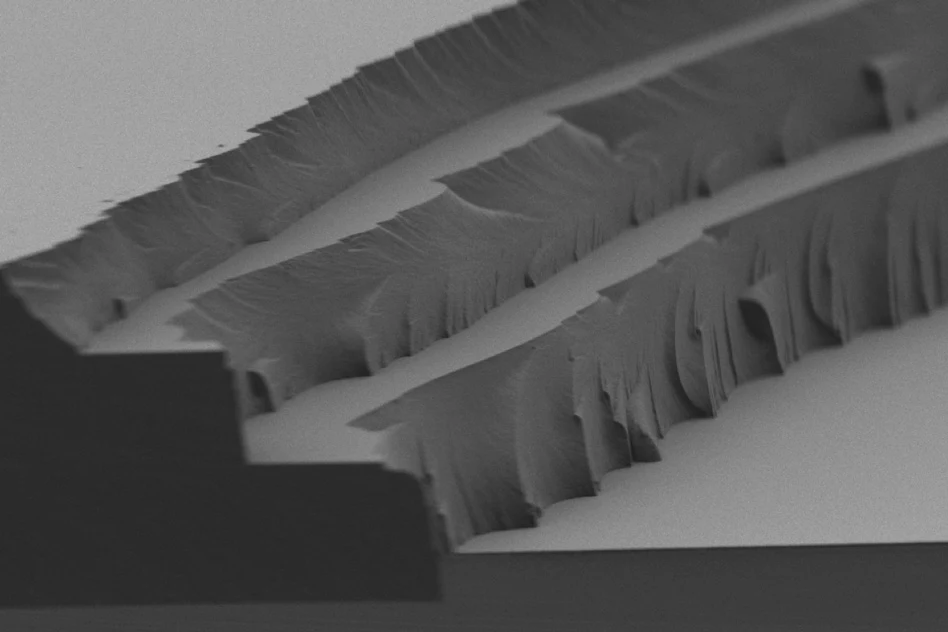Imagine a sweater that could automatically increase its temperature on command. You’d no longer have to worry about grabbing an extra jacket when you go out at night in case it gets chillier. Or what about a windshield that can warm up on its own to automatically clear ice away? Both sound like things you might have glimpsed in Back to the Future 2, but each could soon be a reality thanks to a new material.
Researchers at MIT have invented a new transparent polymer film that allows heat to be harvested from the sun and saved for later use. Unlike traditional methods of storing solar energy, which takes heat from the sun and stores it as electricity, the new solar heat-storing transparent polymer film takes the sun’s energy and saves it in a chemical state. Once saved, the stored solar heat can be unleashed via a simple chemical reaction.

“Whereas heat inevitably dissipates over time no matter how good the insulation around it, a chemical storage system can retain the energy indefinitely in a stable molecular configuration, until its release is triggered by a small jolt of heat (or light or electricity),” explains MIT News.
Previous attempts at storing solar heat in a chemical state had limited utility because they were designed to be used in liquid solutions, according to David Zhitomirsky, one of the postdocs credited with the finding. However, since the new material takes the form of a solid-state film, it can be integrated with a wider array of products. The film is so thin it can be sandwiched between the layers of glass that make up a windshield or even woven into clothing. Once woven into an object, the material would just need a slight blast of heat or electricity to unleash the stored energy, which can warm a surface up by as much as 10C (50F).
This could mean clothes you wear during daylight hours could soak up heat reserves for later in the night. Since the new material is transparent it could also be used in the front windshields of cars to automatically melt ice that forms. Unlike rear car windows, which usually have heating wires embedded in them to melt ice, laws forbid such wires from being placed in front windows because they could obstruct the driver’s view.
But what’s even better from a practical standpoint as far as automobiles are concerned is that the new solar heat-storing material reduces the energy drain that electric cars experience in cold weather as much of their energy is diverted to heating and deicing. This energy drain can reduce EV driving ranges by as much as 30%. Instead if those electric vehicles could store extra heat in a chemical reaction, their battery’s energy would be free to be diverted to other functions.
But don’t expect to see this amazing solar material in your clothes and cars just yet. Currently the material is undergoing further refinements. Right now its transparency has a yellowish tint, which the researchers hope to eliminate before the material is ready for commercialization. They are also working to increase the temperature output for various uses to 20C (68F).
Recognize your brand’s excellence by applying to this year’s Brands That Matter Awards before the early-rate deadline, May 3.
